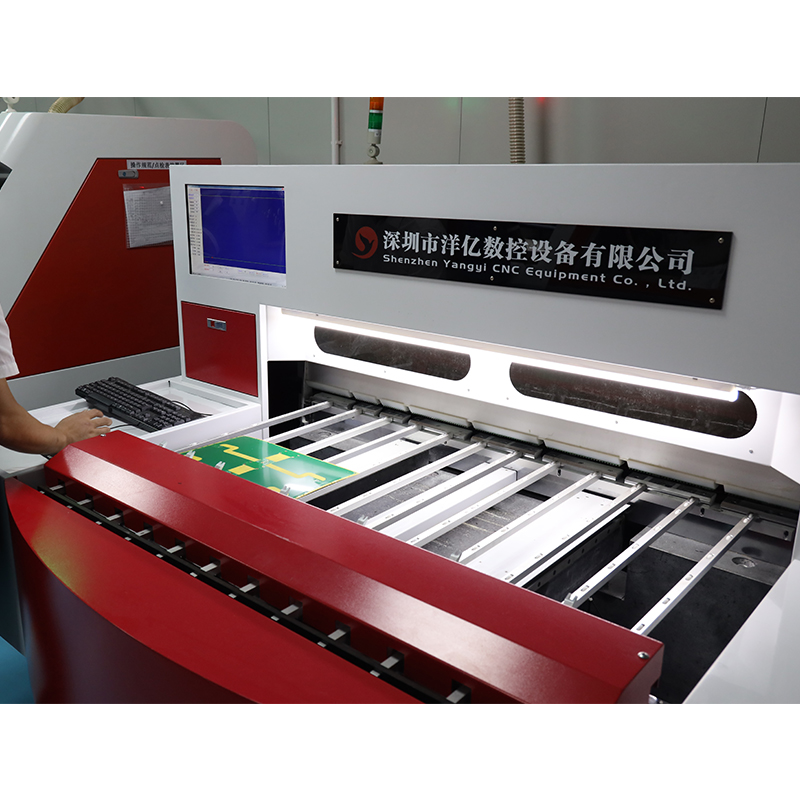When designing flex areas for rigid-flex circuit boards, engineers and designers must consider several key factors. These considerations are critical to ensuring board integrity, reliability, and functionality in applications that require flexibility. In this blog post, we’ll dive into these considerations and discuss the importance of each.
1. Material selection:
The choice of rigid-flex circuit board material is critical in determining its ability to bend. The materials used must have the necessary flexibility and durability to withstand repeated bending without affecting the integrity of the circuit. Common materials for flexible layers include polyimide (PI) and polyester (PET), while rigid layers are often made of FR4 or other traditional circuit board materials. It is critical to select a material that can withstand the required bending radius and expected number of bending cycles.
2. Bending radius:
Bend radius is the smallest radius at which a rigid-flex circuit board can bend without causing damage to components, conductive traces, or the board itself. It is critical to determine the appropriate bend radius for a specific application and ensure that the selected material can meet this requirement. When determining the appropriate bend radius, designers must consider the size and layout of the component, the spacing between conductive traces, and the thickness of the flex layer.
3. Traceroute:
Routing of conductive traces in the bend area is another key consideration. Traces must be designed in a way that allows them to bend without breaking or experiencing undue stress. To achieve this, designers often use curved trace routing instead of sharp corners because curved traces are more resistant to stress concentrations. Additionally, traces in the bend area should be placed away from the neutral bend axis to avoid excessive stretching or compression during bending.
4. Component placement:
Efficient component placement is critical to ensuring the reliability and functionality of rigid-flex circuit boards. Components should be placed strategically to minimize stress on the board during bending. It is critical to consider the impact components such as connectors have on the overall flexibility of the board. Placing bulky or rigid components too close to the bend area may limit the board’s ability to bend properly or increase the risk of component damage.
5. Routing channel:
Properly designed routing channels can help facilitate bending and flexing of rigid-flex circuit boards. These channels are spaces in the rigid layer that allow the flexible layer to move freely during bending. By providing these channels, engineers can minimize stress on the flex layer and avoid unnecessary stress on the traces. The width and depth of routing channels should be carefully optimized to ensure compatibility with the required bend radius.
6. Testing and simulation:
Before finalizing the design of a rigid-flex circuit board, it is critical to conduct thorough testing and simulation to verify its performance under bending conditions. Applying virtual or physical testing methods can help identify potential issues such as overstressed traces, weak solder joints, or component misalignment. Simulation tools and techniques are particularly useful for optimizing designs and ensuring optimal flexural performance of circuit boards.
In summary
Designing the flex area of a rigid-flex circuit board requires careful consideration of several key factors. Material selection, bend radius, trace routing, component placement, routing channels, and testing are all critical aspects that must be addressed to ensure board reliability and functionality. By paying attention to these considerations, engineers and designers can create rigid-flex circuit boards that meet the needs of flexible applications while maintaining their integrity and performance.
Post time: Oct-09-2023
Back







